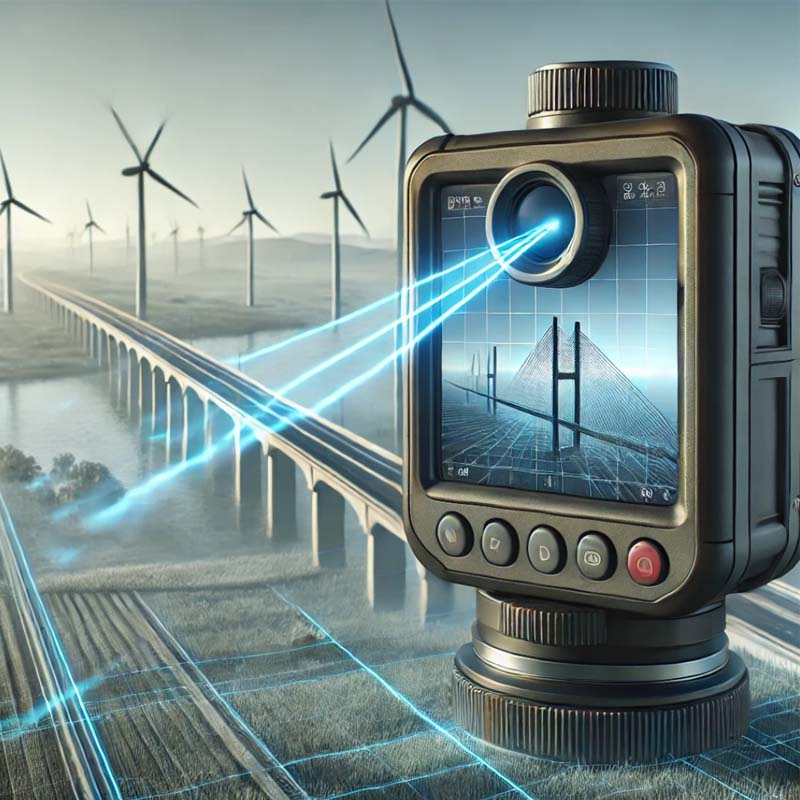LDJ-P4 distance sensor Test video
5 month ago
I.Application of Laser Sensors in Humid Environments
-
Environmental Monitoring: In environments such as damp basements, tunnels, and hydraulic facilities, laser sensors can be used to monitor changes in water levels, leakage conditions, and structural stability, providing crucial data for flood prevention and mitigation, as well as facility maintenance.
-
Agricultural Irrigation: By accurately measuring soil moisture and crop canopy height, laser sensors contribute to precision irrigation, enhancing water resource utilization efficiency and reducing soil salinization caused by over-irrigation.
-
Food Processing and Storage: In food processing and storage environments where humidity control is stringent, laser sensors can monitor environmental humidity to ensure food quality and safety.
-
Underwater Exploration: Although direct underwater use poses additional challenges, through special encapsulation and waterproof design, laser sensors can perform distance measurements and object recognition underwater, applied in fields such as underwater archaeology and marine resource exploration.

II. Impact of Humid Environments on Laser Sensors
-
Optical Component Contamination: Humid environments can easily lead to dust accumulation and water vapor condensation on the lenses and optical components of laser sensors, affecting light transmission and reducing measurement accuracy.
-
Electronic Component Corrosion: High humidity environments may accelerate the corrosion of internal electronic components of sensors, leading to circuit short circuits, performance degradation, or even equipment damage.
-
Temperature Fluctuations: Temperature fluctuations in humid environments may be more severe, further affecting the stability and output power of lasers, increasing measurement errors.
-
Water Vapor Absorption: Although 635nm lasers have relatively weak absorption by water, in prolonged or extreme humidity conditions, water vapor can still cause some attenuation of the laser signal, affecting measurement distance and accuracy.

III. Strategies for Coping with Humid Environments
-
Enhanced Protective Design: Adopt waterproof and dustproof housing designs with high ratings to ensure that the interior of the sensor is not invaded by water vapor and dust.
-
Regular Cleaning and Maintenance: Regularly clean the lenses and optical components of the sensor to reduce the impact of contamination on measurement accuracy.
-
Temperature and Humidity Control: Where possible, maintain appropriate temperature and humidity levels through environmental control systems to reduce the negative impact of environmental factors.
-
Selection of High-Performance Sensors: Choose high-performance laser sensors with temperature compensation and strong humidity adaptability to improve stability and reliability in harsh environments.
-
Application of Auxiliary Technologies: Combine the use of dehumidifiers, heaters, and other equipment to create a more favorable working environment, extending sensor lifespan.
Similar Video Recommendation
You May Also Like
If you are interested in the product, contact Bossgoovideo.com for more information
- *To:
- CHENGDU MESKERNEL INTEGRATED TECHNOLOGY CO.,LTD
- *Message:
-
Submit
Main Product:
Laser Distance Sensor,
Laser Ranging Module,
2D 3D Lidar Sensor ,
Pulse Ranging Sensor,
TOF Ranging Sensor,
Laser Rangefinder Sensor
You May Also Like



















